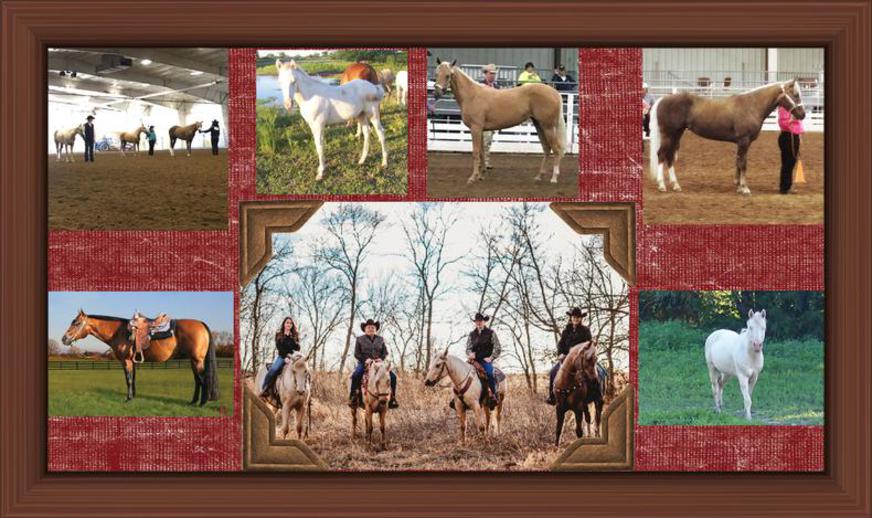Foal Imprinting and Training
by Karen Tharp on 05/20/12At Rising Sun Stables we start foal training as soon as the baby hits the ground. Foal training is one of the most exciting experiences for anyone who loves horses. Working with newborn foals requires patience, consistency and tenacity.
Although it might seem strange to compare foal training with
raising a human infant, there are plenty of similarities. Regardless of
species, babies start to form relationships immediately; in the case of a
newborn foal, relationships exist both with other horses and with humans. It is
the trainer's job to begin fostering these relationships immediately. Natural
horsemanship teaches that horses communicate in very transparent ways, and
horse trainers can increase the effectiveness of their efforts by studying
equine communication.
foal imprint training is one of the most common ways to do this.
Essentially, imprinting is the process of bonding newborn foals to their
handlers in much the same way that they imprint on their mothers. The best way
to create relationships in foal training is to spend as much time with the foal
as possible.
Start
Foal Halter Training Early
One
of the primary goals of working with newborn foals is to establish a foundation
for future training. When a rider mounts a horse, the fundamental means of
communication is through pressure: Shifting weight from one seat bone to the
other, squeezing with the calves, directing with the reins.
Foal halter training creates an understanding of pressure right from the start. The foal learns, for example, that when the handler exerts backward pressure on the lead rope, the foal should stop. Similarly, forward pressure indicates the foal should move forward.
This
is also the best way to show foals that they cannot escape things that scare
them. They learn to confront their fears because the handler has established
boundaries in foal halter training.
Expose
the Foal to New Things
An
excellent goal when working with newborn foals is to introduce the animal to
something new every day. It might be as simple as taking a walk in an
unfamiliar area of the property, using a different brush during grooming or
bringing a new horse or human around.
Larger exposures might involve giving the foal her first bath, picking her hooves, running clippers near her ears and face or loading her in a trailer.
Each of these activities desensitizes the horse and makes each new experience less terrifying. Essentially, she learns that her handler means her no harm.
Other new experiences include:
- Putting on a different type of halter
- Fly-spraying the foal
- Walking the foal around the arena
- Turning him out with other horses
- Wrapping his legs
Start
with Mom
Even
with a handled foal, he will eventually experience something from which he
desires to run away. This is normal and does not mean the handler has made a
mistake.
Rather than forcing a scary experience during foal training, show him that it isn't as scary as he thinks. One way to do this is to start with mare and foal rather than the foal by himself. For example, if the foal is scared of the clippers, the handler should let him watch Mom with the clippers. Once he sees she is not afraid, he will be more likely to accept the clippers.
The
same goes for walking in new places during foal training. Let's say the foal
does not want to walk over a bridge. In this case, Mom should be led over the
bridge first so the foal can watch, then mare and foal can go over the bridge
together.
Foal
Training Should Happen in Small Increments
Most
people have experienced sensory overload at some point in their lives. This can
happen to foals as well, and trying to push too many new sensations and
experiences at one time will actually delay the foal training process.
In most cases, it is best to limit working with newborn foals to 15-minute increments. If the foal hasn't accepted the new experience within that time limit, return to it tomorrow or later in the day. As the foal approaches his one-year mark, the handler can gradually increase that time to half an hour.
Working
with newborn foals is an extraordinary experience that gets easier over time.
Handlers should realize they will make mistakes, whether they are using the
principles of natural horsemanship or not. Indeed, all trainers must find their
own methods as they gain experience.
I hope people find these blog helpful.
Have a great DAY!!!!!










